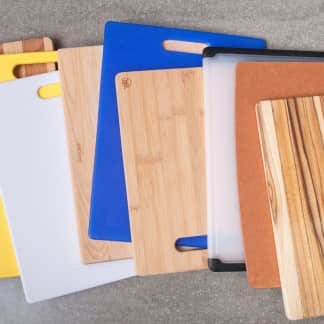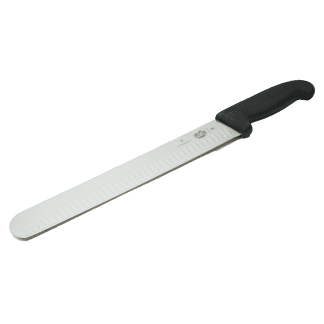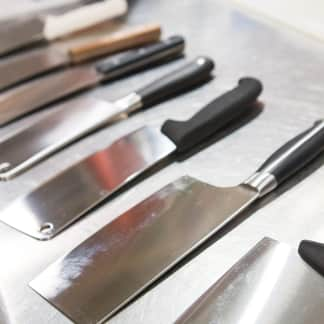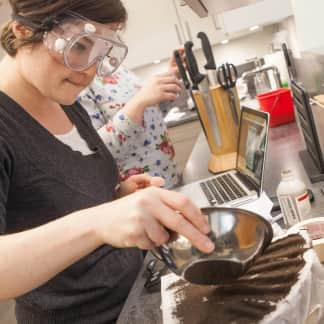As Huffman explained, there’s another basic issue with end-grain boards. Because they’re made from so many different wood blocks, they have a lot more moving parts than most edge-grain boards—literally—and thus many more glue joints that can fail over time. Good woodworkers can account for the movement of each block and compensate accordingly. But these adjustments don’t always happen with mass-produced boards, so keep that in mind when choosing a model.
There is one last durability consideration with end-grain boards. When using an edge-grain board, your knife slices against the grain. When using an end-grain board, your knife slices with the blocks’ exposed grain. (Some folks think this makes end-grain boards gentler on the knife, but in our robot testing, there was no clear difference in sharpness between knives used on end-grain boards and knives used on edge-grain boards.)
Ordinarily, you’re cutting with such low force when performing ordinary kitchen cutting tasks that no real damage is done to the board. But if you make a forceful cut on an end-grain board—as you would when using a cleaver, for example—you are at a greater risk of splitting down the grain line than you would be if you were using an edge-grain board. Adam Senalik, research general engineer at the U.S. Department of Agriculture (USDA) Forest Service Forest Products Laboratory in Madison, Wisconsin, compares the process to chopping firewood: The easiest way to split a log is by chopping it on its end, with the grain, not on its side, against the grain. Indeed, when we hacked up chicken parts with a cleaver on each of the boards, the only board that cracked was an end-grain model. Cracks are worrisome not only because they forecast a shorter lifespan for the board but also because they can harbor bacteria.









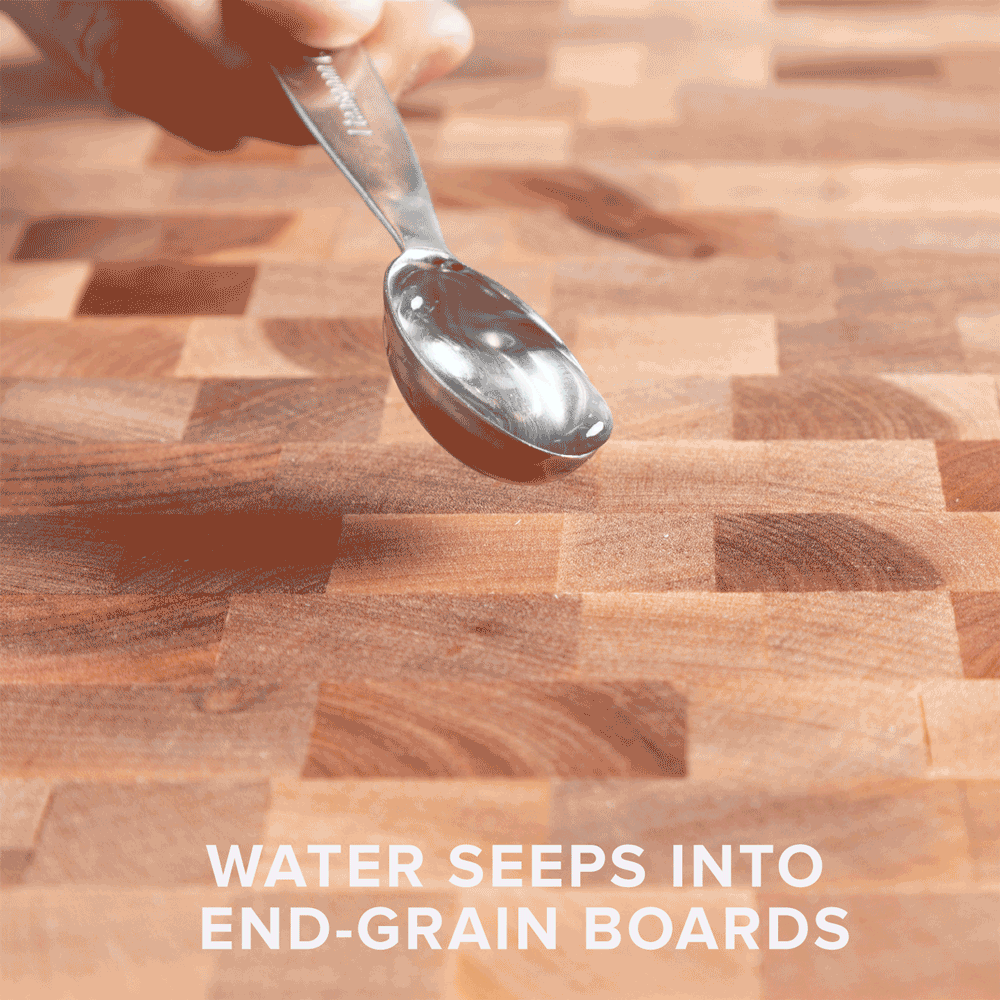






 Buy at Jones Cutting Boards
Buy at Jones Cutting Boards







